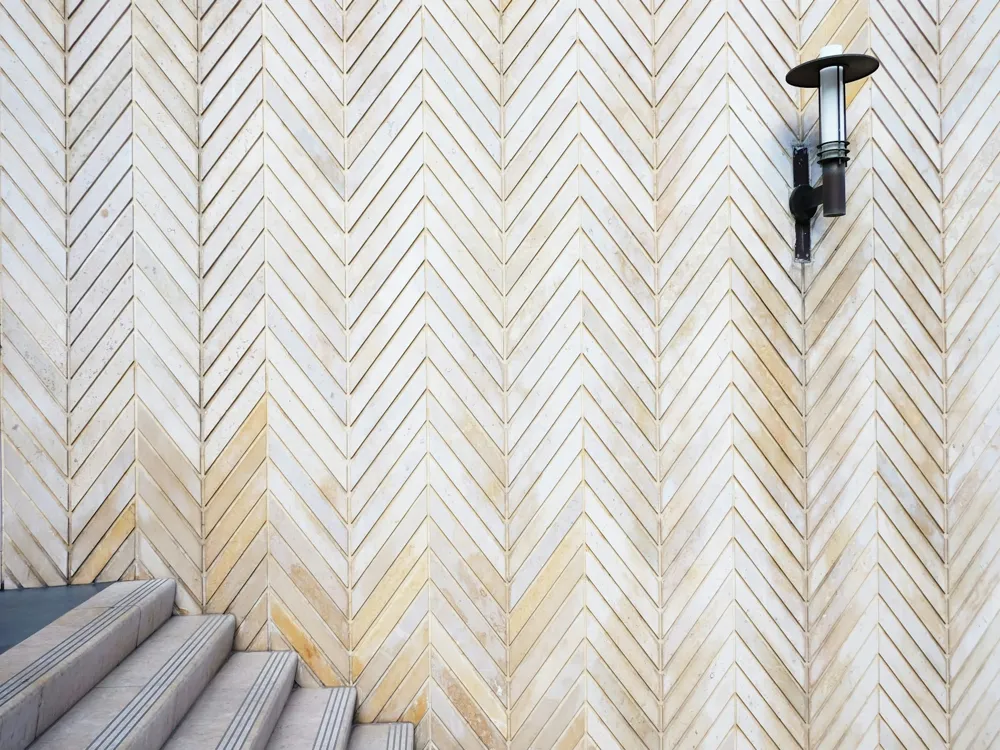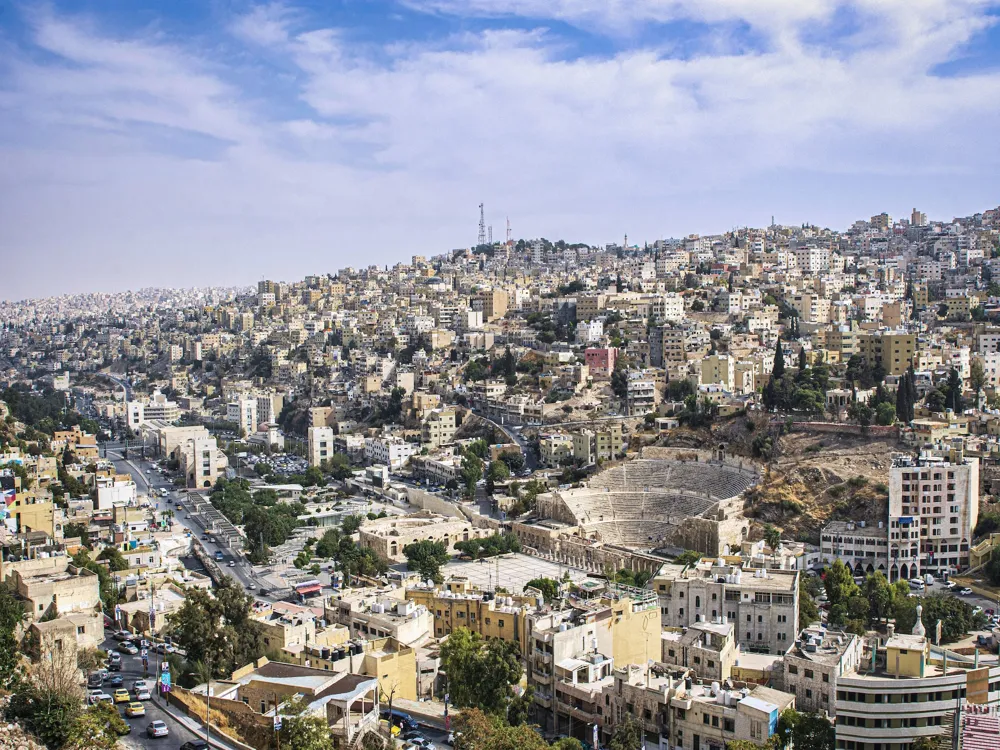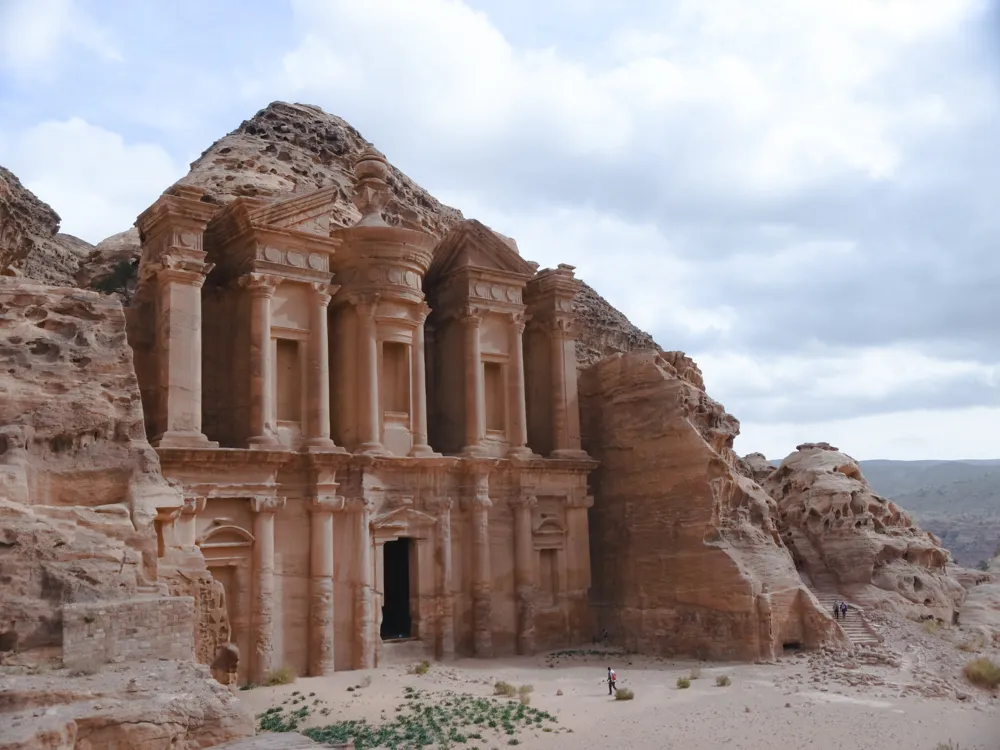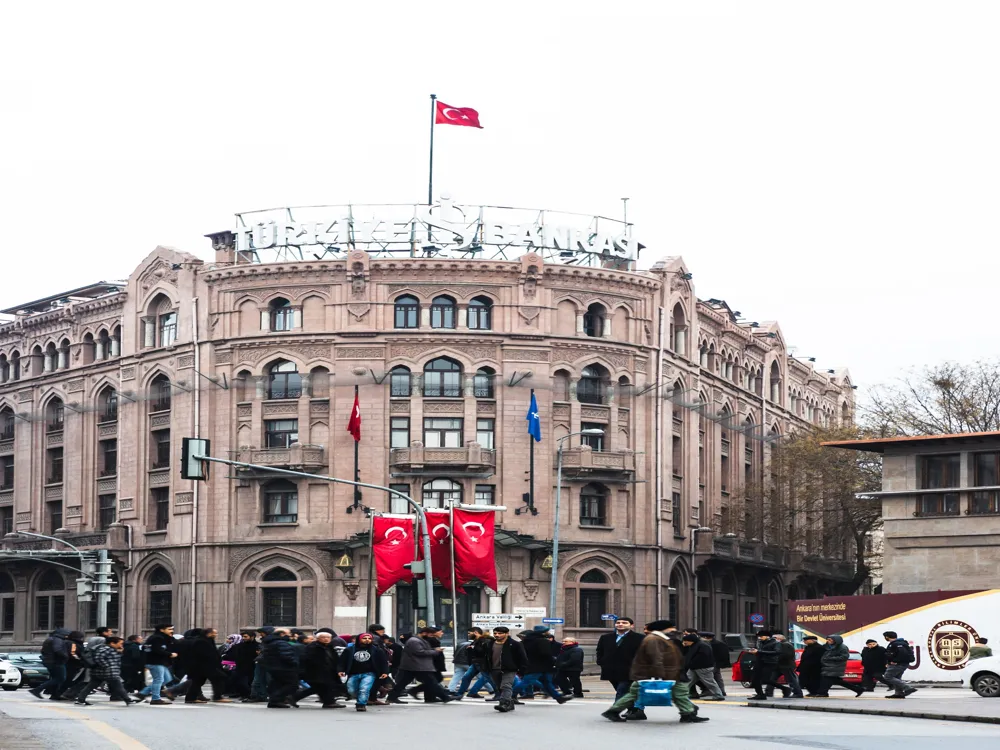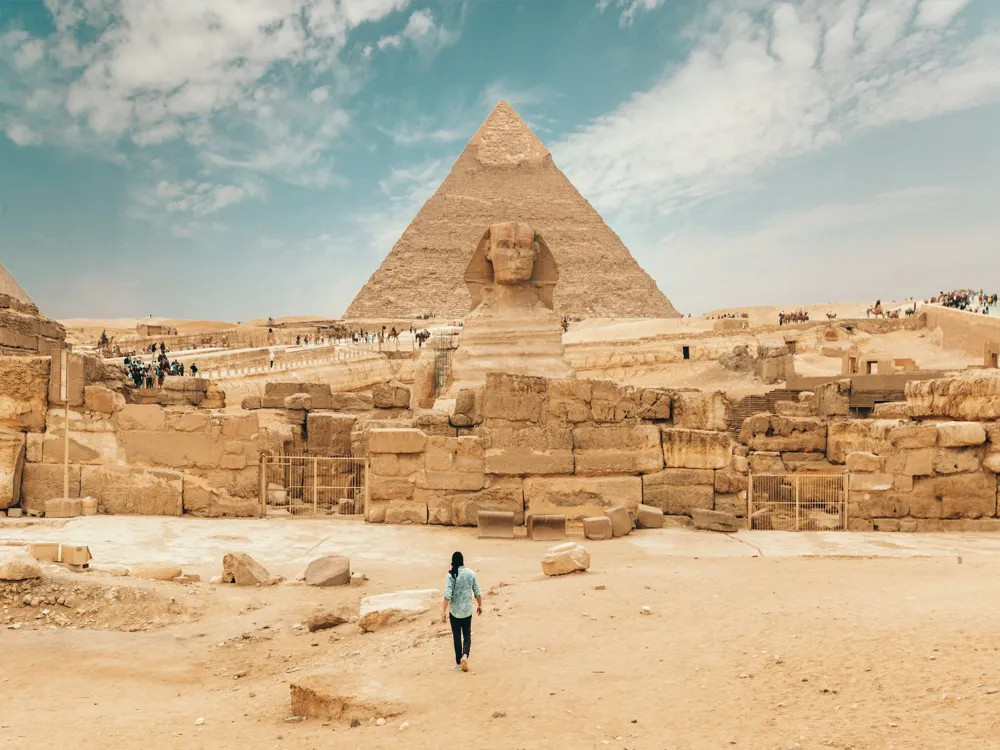The Roman Baths Beirut, located in the heart of Beirut, Lebanon, are a historical site dating back to the Roman era. These ancient baths serve as a testament to the architectural prowess and the rich cultural heritage of the Romans. Discovered in 1968-1969 during the extension of the Bank of Lebanon, these baths were part of the city's ancient center. Today, they offer a unique glimpse into the past, attracting historians, tourists, and locals alike. The architecture of the Roman Baths Beirut reflects the typical Roman bath complex layout, featuring various sections such as the frigidarium (cold bath), tepidarium (warm bath), and caldarium (hot bath). The site also includes a sophisticated hypocaust system, an ancient form of underfloor heating used to heat the baths, showcasing the advanced engineering skills of the Romans. The remains of the baths have been preserved and are an excellent example of Roman bath architecture in the Eastern Mediterranean. Check the opening hours and any entry fees before visiting to ensure a smooth experience. The site involves a fair amount of walking on uneven surfaces, so comfortable shoes are recommended. Beirut can be hot, especially in the summer months. Bring water and sun protection to stay hydrated and avoid sunburn. Remember to respect the historical significance of the Roman Baths by not littering and following any posted guidelines. The Roman Baths Beirut are easily accessible from various parts of the city. Located in the downtown area, visitors can reach the site by public transport, including buses and taxis. For those driving, parking options are available in nearby areas. Walking is also a viable option for those staying in central Beirut, as the site is situated within walking distance from many hotels and attractions. Read More:Overview of Roman Baths Beirut
Architecture of Roman Baths Beirut
Tips When Visiting Roman Baths Beirut
Plan Your Visit
Wear Comfortable Footwear
Bring Water and Sun Protection
Respect the Site
How To Reach Roman Baths Beirut
Roman Baths Beirut
Beirut
NaN onwards
View beirut Packages
Beirut Travel Packages
View All Packages For Beirut
Top Hotel Collections for Beirut

Private Pool

Luxury Hotels

5-Star Hotels

Pet Friendly
Top Hotels Near Beirut
Other Top Ranking Places In Beirut
View All Places To Visit In beirut
View beirut Packages
Beirut Travel Packages
View All Packages For Beirut
Top Hotel Collections for Beirut

Private Pool

Luxury Hotels

5-Star Hotels

Pet Friendly







